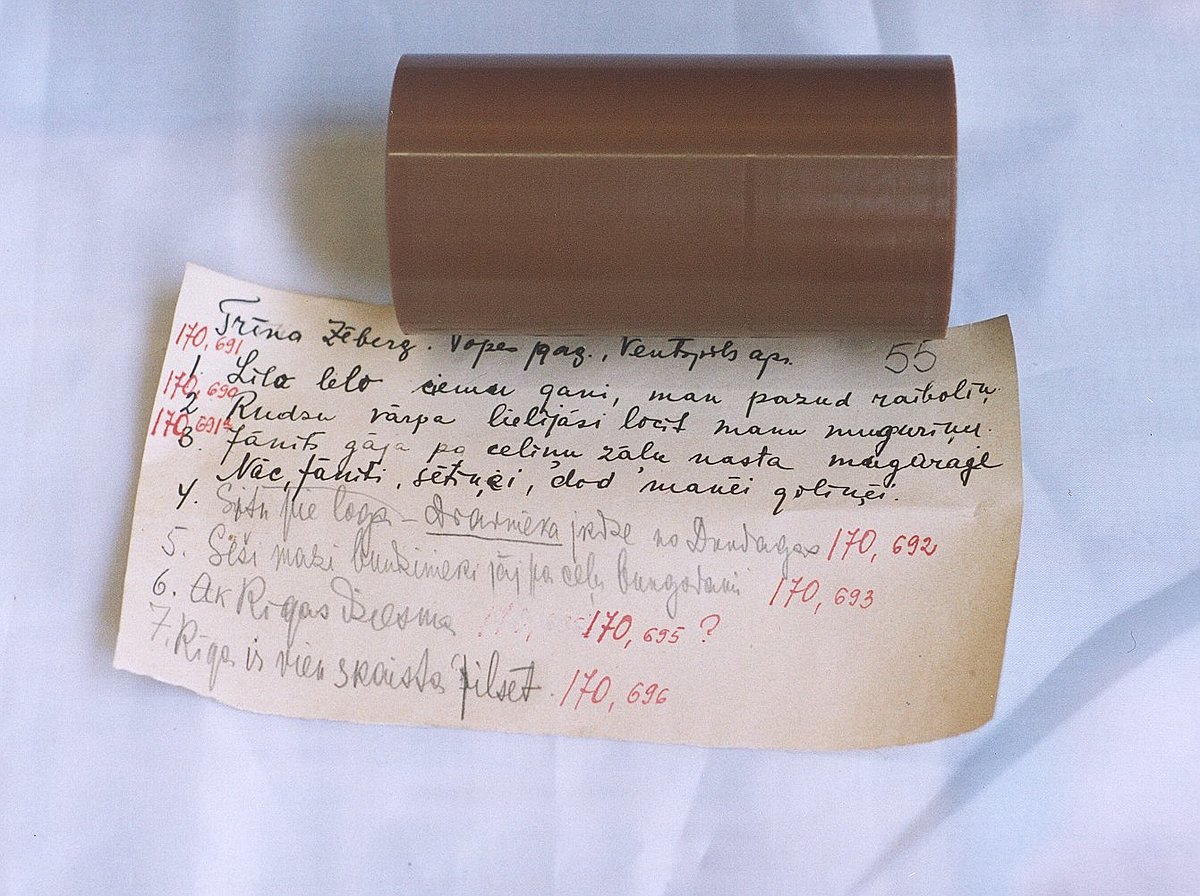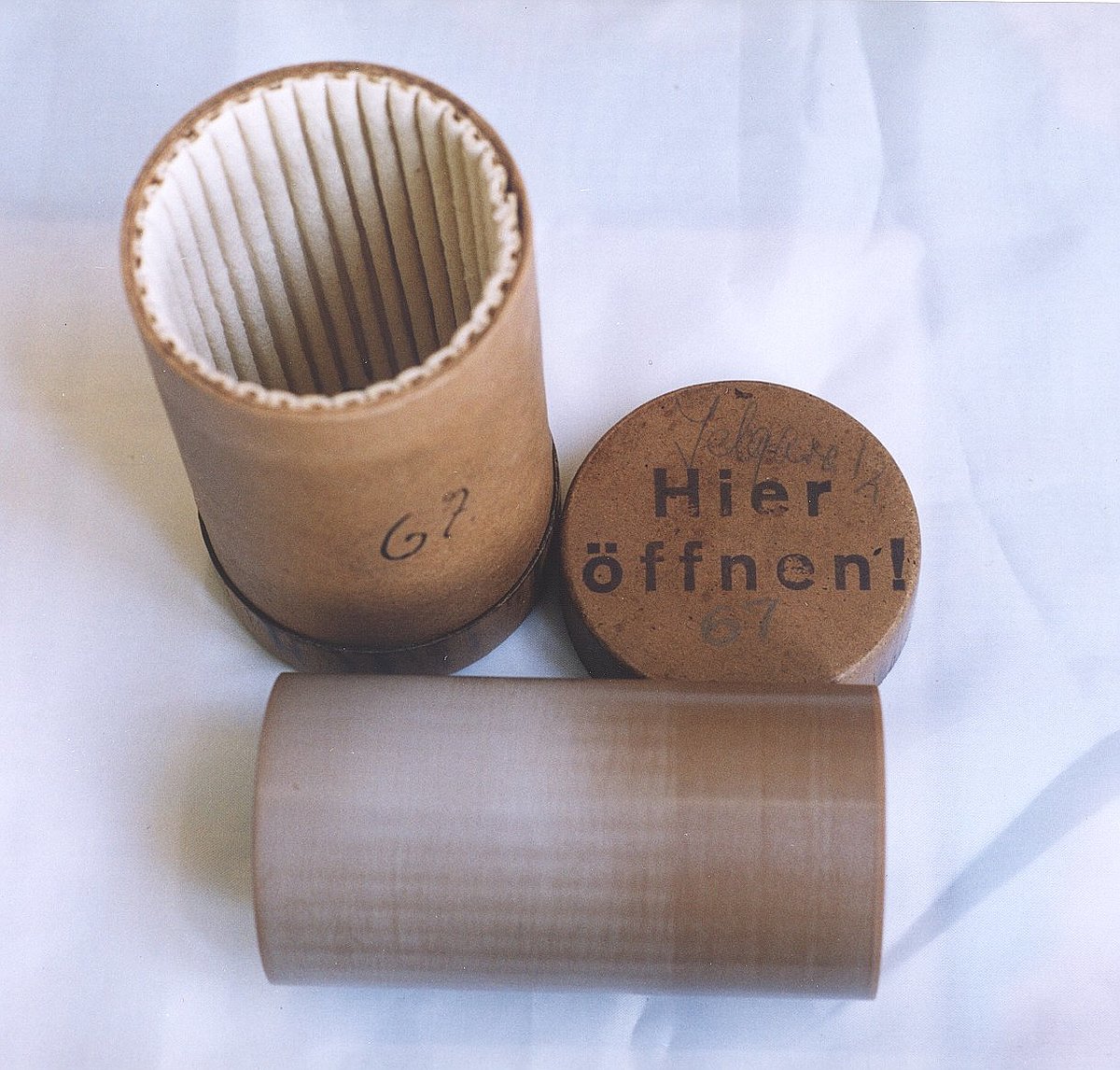
The Archives of Latvian Folklore phonograph cylinder collection includes authentic audio recordings – the phonograph’s wax cylinders are the oldest recordings of the traditional music in Latvia, which have been recorded 1926–1947. Full texts of the songs and transcriptions of the music sheets are also included in the collection. Currently there are 180 cylinders with 1068 folksong recordings and transcriptions of the music sheets. This collection provides an audio representation of the vocal performance of Latvian folksongs in the first part of the 20th century.
It is reported that the University of Latvia Academic Library’s nomination “Johann Christoph Brotze’s antique collection about Livonia (Latvia and Estonia) during the 13th–19th centuries” will also be included into theUNESCO Memory of the World Register.
“It is delightful that the documentary heritage will be supplemented with audio recordings on the wax cylinders, as well as one of the most important documents in the Baltic region – Johann Christoph Brotze’s “Monumente”. Their origins can be found in the 18th–20th centuries. Some of the materials will be new to the public eye, others will be actualized in different cultural and historical contexts,” thus the new additions to the Latvian National Register are described by the Latvian National Commission’s Chairman of the UNESCO Memory of the World programme and the Director of the National Library of Latvia AndrisVilks.
In the future, the nomination of the National Library of Latvia “Hernhutian handwritings’ collection, 18th–19th centuries” and the addition of the Tukums Museum nomination “Letters Written in Siberia on Birch Bark” with a newly identified Līgo greeting card on a birch bark from the Jekabpils History Museum and Easter greeting card on a birch bark written in Siberia recently acquired by Tukums Museum will be added to the register.
Based on recommending decision of the Latvian National Commission for UNESCO Knowledge Society Programme Council and experts’ evaluation, UNESCO Latvian National Council’s Assembly has decided to include these nominations in the Latvian National Register of the UNESCO Memory of the World programme.

 Academic Centre
Academic Centre